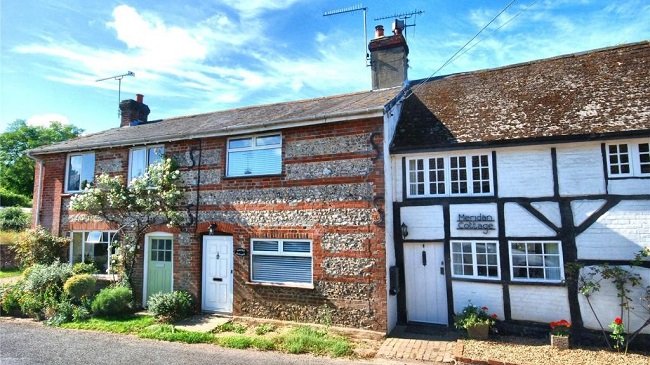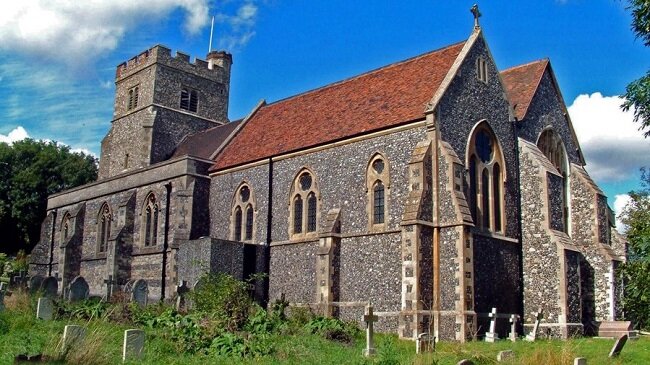Petworth House and Park
On Thursday 21st of October, Mrs P and I decided to use our recently acquired National Trust membership and visit one of the many sites within driving distance. After perusing the brochure in true old school fashion, we decided to visit Petworth House and Park in West Sussex. This was primarily due to the collection of paintings on display by such artists as Turner, Gainsborough, Reynolds and Van Dyk. However, as I am a “non-driver” I made an error while planning the route. It wasn’t a navigational issue, I simply didn’t consider the distance and hence the time required to get there and back. So we spent over five hours travelling in comparison to just eighty minutes at the Petworth House. We wished to spend another ninety minutes or so walking around the grounds and Deer Park but decided if we wanted to get home at a sensible time, it was best to leave straight after viewing the paintings. This error didn’t spoil the day but the lesson has been learned and it’s not a mistake I’ll make again.
Petworth House is located in the parish of Petworth, West Sussex, in England. It is a late 17th-century Grade I listed country house and grounds. It was extensively rebuilt in 1688 by Charles Seymour, 6th Duke of Somerset and further altered in the 1870s by the architect Anthony Salvin. It contains intricate wood-carvings by Grinling Gibbons, the Anglo-Dutch sculptor and wood carver. For centuries the manor of Petworth was the southern home for the Percy family, Earls of Northumberland. Petworth is famous for its extensive art collection made by George Wyndham, 3rd Earl of Egremont (1751-1837), containing many works by his friend J. M. W. Turner. It also has an expansive deer park which was landscaped by Capability Brown. Petworth contains the largest herd of fallow deer in England. The house and deer park were handed over to the nation in 1947 by Edward Wyndham, 5th Baron Leconfield.
Petworth has a notable collection of paintings and sculptures, including 19 oil paintings by J. M. W. Turner, who was a regular visitor to Petworth. There are several portraits by Van Dyck, carvings by Grinling Gibbons and Ben Harms, classical and neoclassical sculptures by John Flaxman and John Edward Carew, as well as wall and ceiling paintings by Louis Laguerre. There is also a terrestrial globe by Emery Molyneux, believed to be the only one in the world in its original 1592 state. All of which are displayed in the various state rooms and galleries of the house which are themselves opulent and of note. Staff are available in each display area and are very knowledgeable, answering questions and providing short talks on specific displays at fixed hours throughout the day. Paintings and exhibits are displayed in such a fashion that you can get close to them and examine them in fine detail.
If you have a liking for painters of this period then Petworth House is a fine place to visit. If I were to raise one criticism it is the following which I hasten to add, is currently being addressed. Due to the age of all exhibits, external light is minimised to prevent further damage and deterioration. Hence, blinds and curtains are partially closed and most paintings are lit by incandescent bulbs, providing a warm yellow light that impacts upon your view. You need to find the right angle to be able to see all the detail and enjoy the art to its best advantage. The National Trust is replacing these older fittings with newer LED lights that produce far less heat and a whiter, less intrusive form of illumination. Also the time of year also impacts upon ambient light levels in the house. Therefore, potential visitors may wish to take these factors into consideration before planning their trip, so they can pick a time for optimal viewing conditions.




































